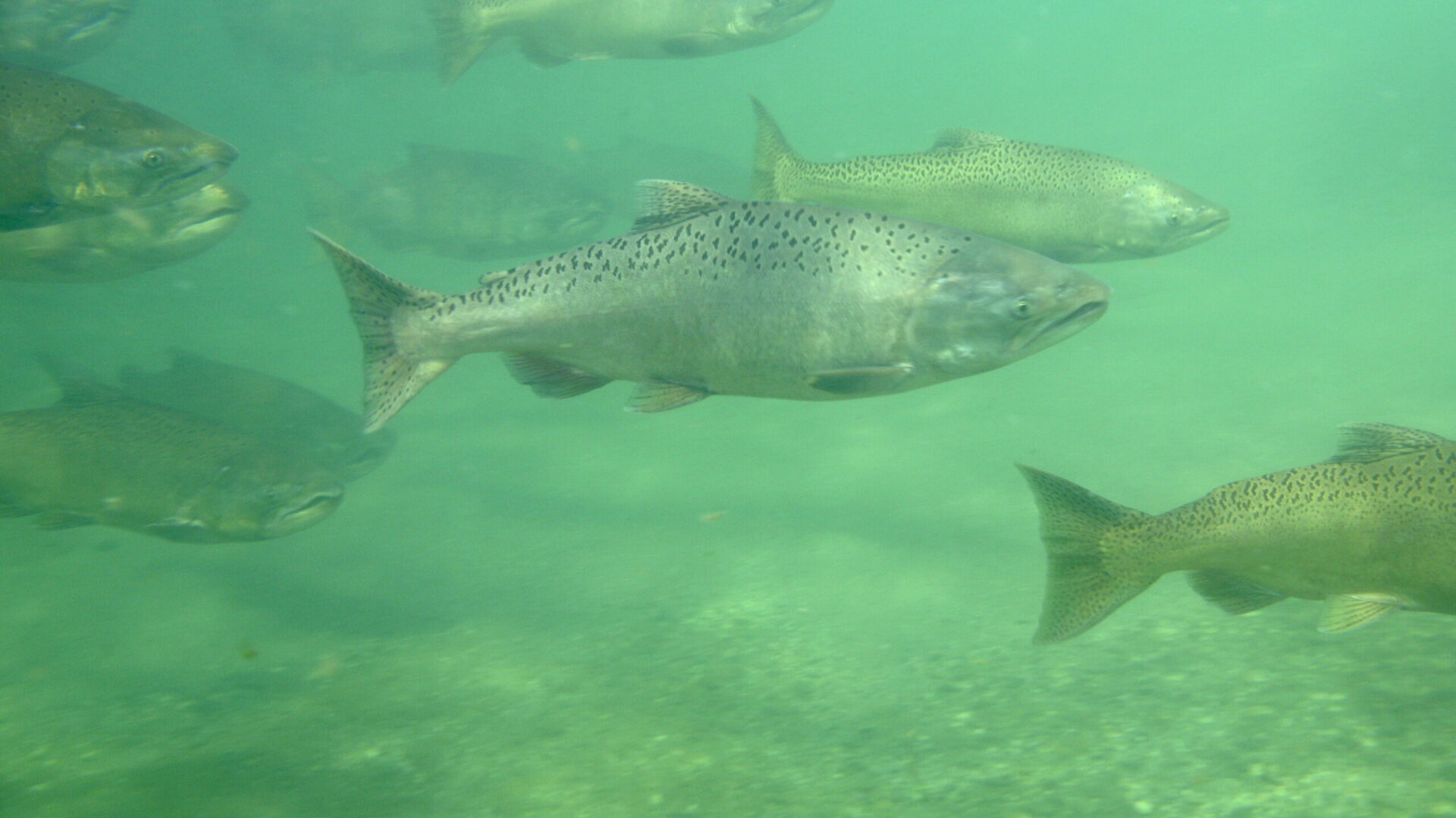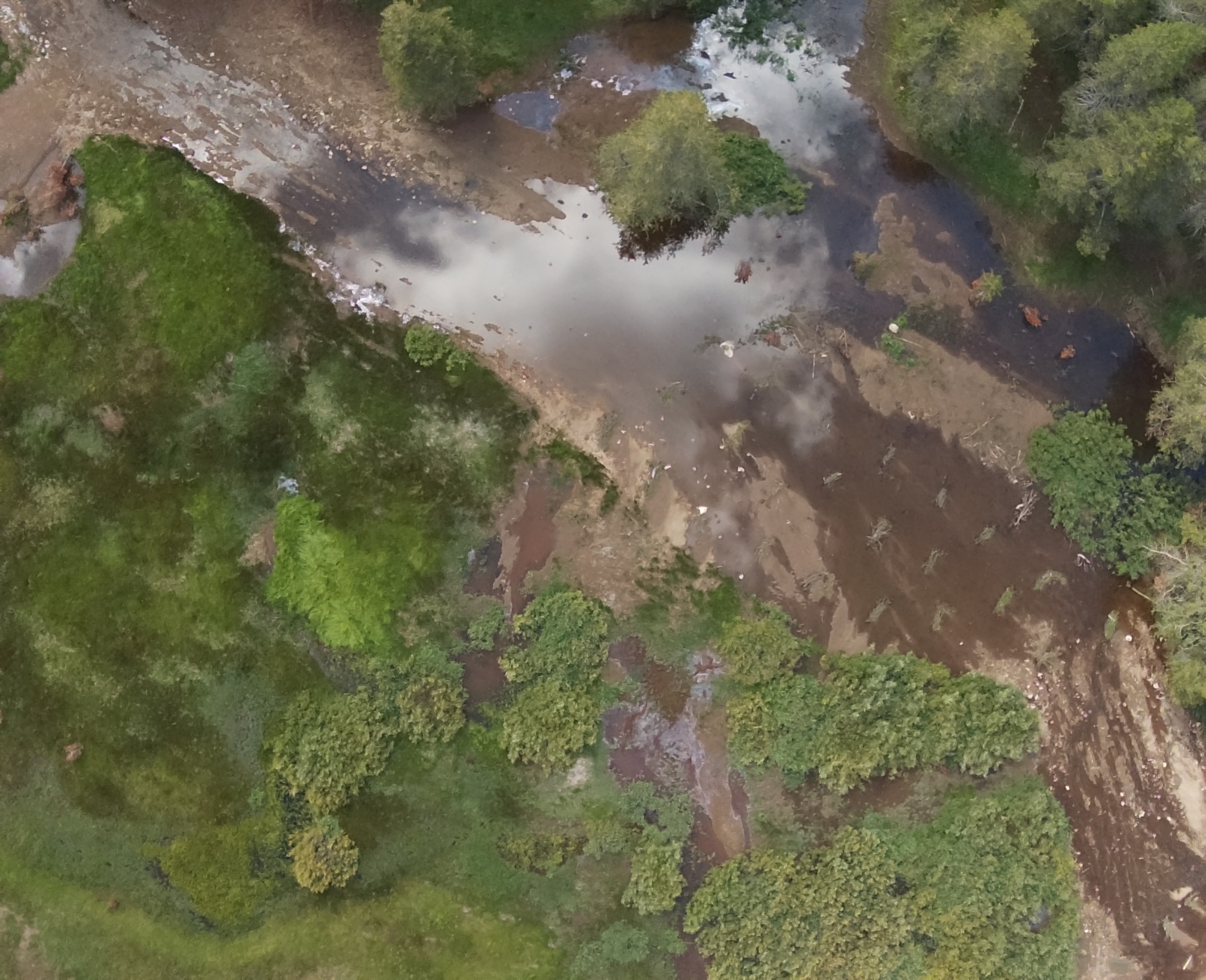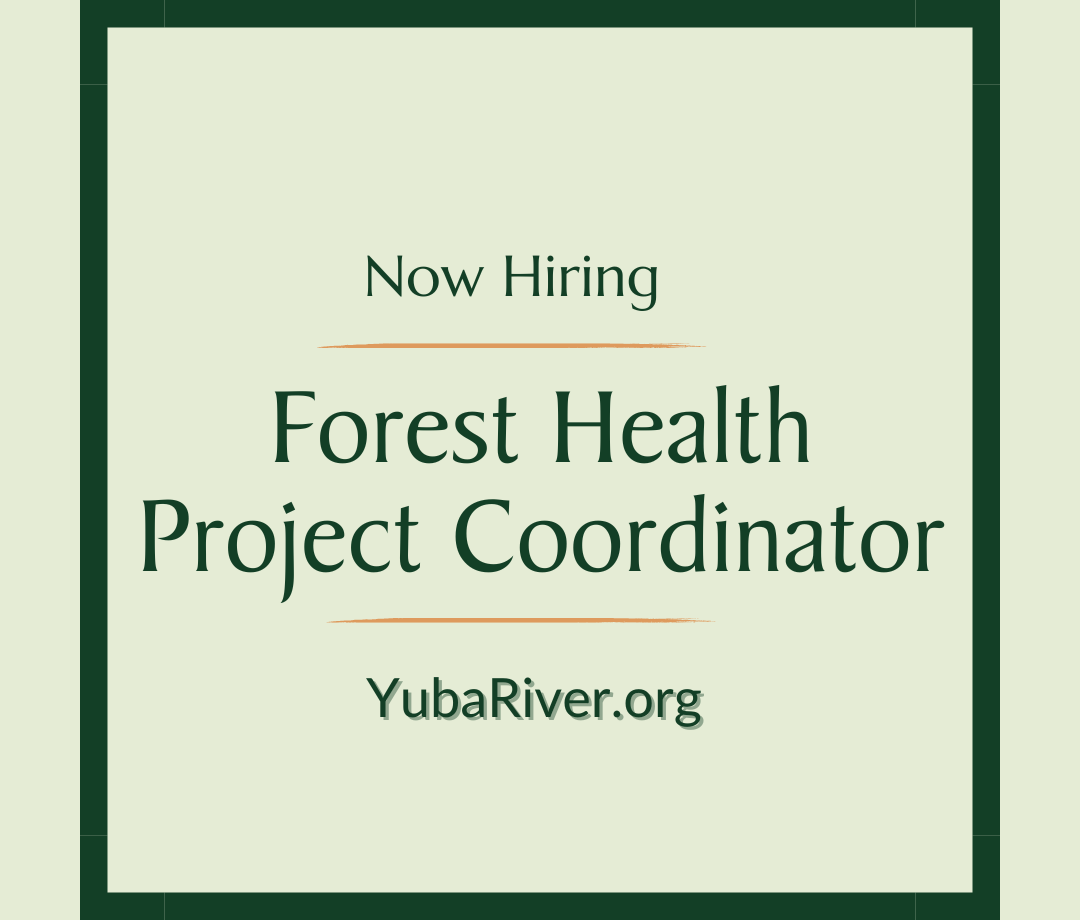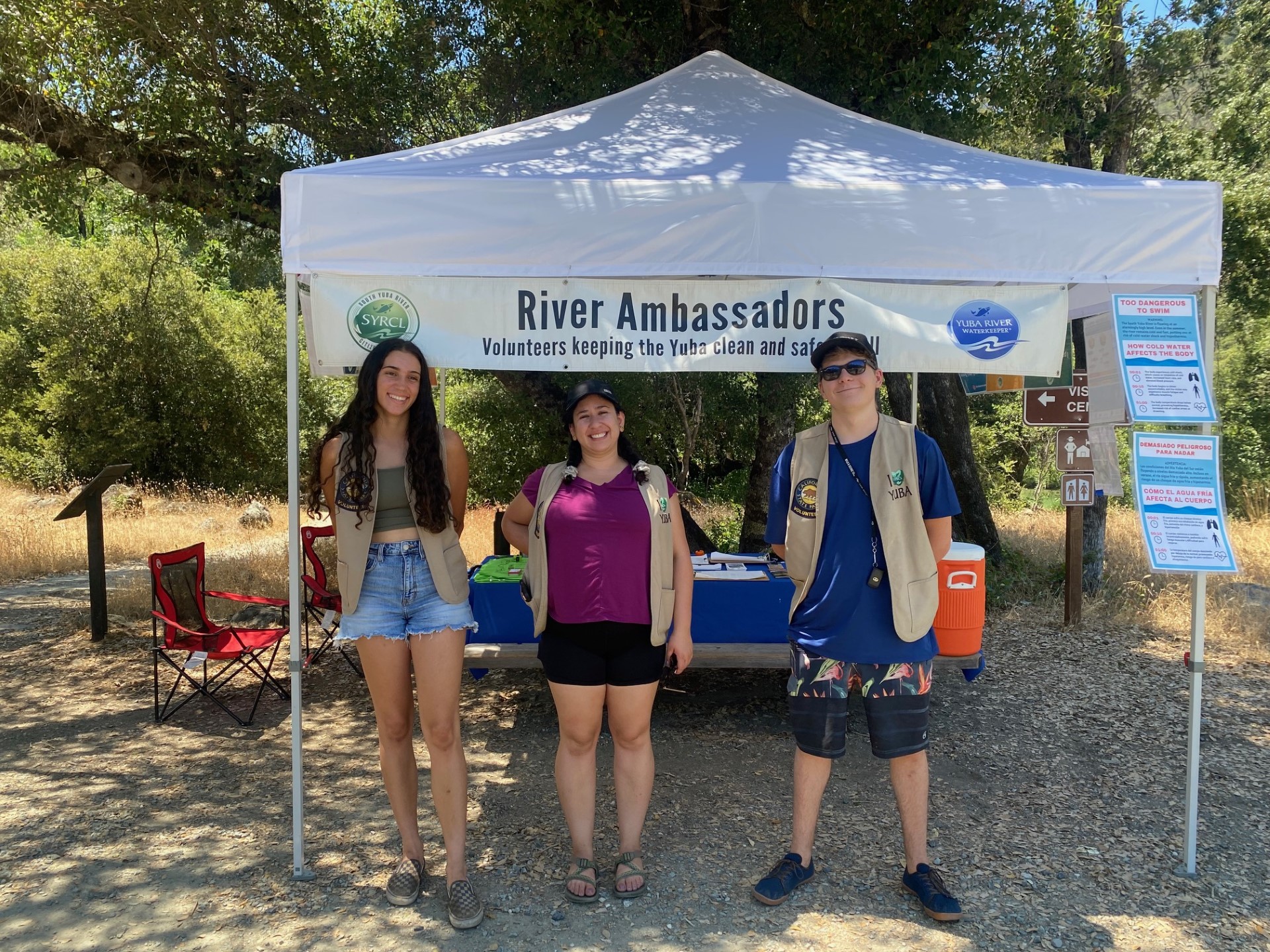What does it take to restore salmon in California … and the Yuba River?

SYRCL’s work to restore salmon was highlighted at the recent annual conference of the Salmonid Restoration Federation, the single organization dedicated to restoring salmonids (salmon and trout) in California. Here in the most populated state, at the southern extent of salmon’s range, the challenges are daunting. The Yuba River featured prominently in the conference, validating SYRCL’s work in advocating for and developing the full range of needed actions: unimpeded fish passage at dam sites, return of diverted water to instream flows, restoration of river and floodplain habitats, protection of water quality, and curtailment of unsustainable hatchery practices.
The conference included two workshops highlighting the prospect of returning salmon to the upper Yuba River, now a requirement of the Army Corps of Engineers due to the new Biological Opinion on Englebright Dam. Biologists for the National Marine Fisheries Service explained this prospect in talks titled “The Need for Fish Passage Above Rim Dams in the Central Valley” and “Anadromous Fish Passage Opportunities in the Yuba River.” On the final day of the conference, a session titled “Dam Removal to Benefit Salmonid Populations” was attended by more than 100 professionals wanting to see how dam removals in Oregon and Washington may inform similar projects in California. Englebright Dam would be the largest yet planned for removal.
Two technical sessions in the conference convened practitioners of habitat restoration with a focus on the kind of riparian and floodplain restoration that SYRCL is leading on the lower Yuba River. SYRCL’s Hammon Bar Riparian Enhancement Project is a pilot for one method to help rehabilitate the Goldfield portion of the Yuba River, and enhance rearing habitat for juvenile salmon and steelhead. Such projects are crucial to increasing the diversity and survival of wild salmon in California where more than 95% of riparian and floodplain habitats are lost or impaired.
The problem of hatcheries was squarely addressed in a session convened by Jacob Katz of UC Davis. Fish biologists have become increasingly certain that hatchery are substantially inferior to wild fish, and allowing them to mix on spawning grounds deteriorates the genetic integrity of the wild population. Shockingly, 90% of the salmon now returning to Central Valley Rivers are raised in hatcheries. This damaging and unsustainable condition has resulted from continued hatchery practices focused on production (including the trucking of juveniles to the San Francisco Bay to give an advantage of survival) despite continued declines in wild fish. Expect to see SYRCL, in alliance with other conservation groups, fighting for protection of wild salmon through hatchery reform.
The conference plenary inspired us to see the challenges more holistically, and recognize the progress being made. Jim Lichatowich, author of Salmon Without Rivers, moved beyond his emeritus credentials as a salmon biologist, when urging us to consider that the opportunity is one of “ecological companionship” and that people need salmon in their local rivers in order to completely live here. The new Director of the California Department of Fish and Game, Chuck Bonham, received a standing ovation for his motivational leadership for the department at the center of our collective mission.
Never, in the 30-yr history has the Federation been stronger. Never, have we had a DFG Director, Resources Agency Director and Governor more in support of recovering salmon. Now is the time to face all these challenges with resolve, across this southern state of Salmon Nation, and at home here on the Yuba.
Did you enjoy this post?
Get new SYRCL articles delivered to your inbox by subscribing to our ENews.



